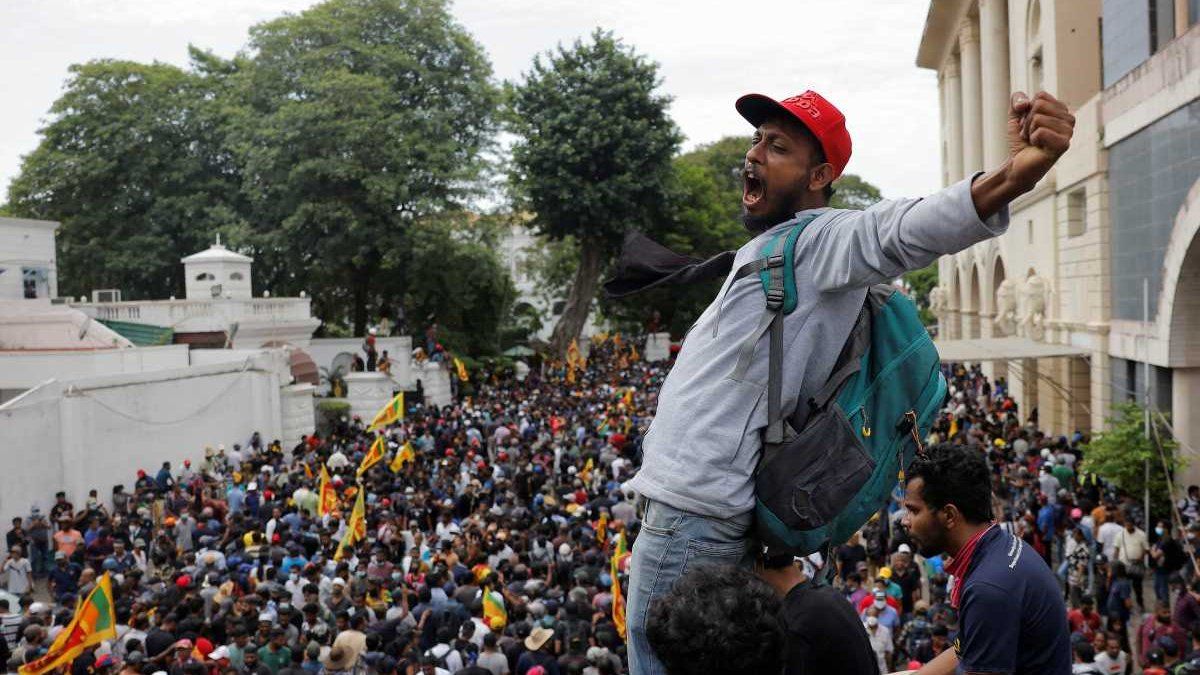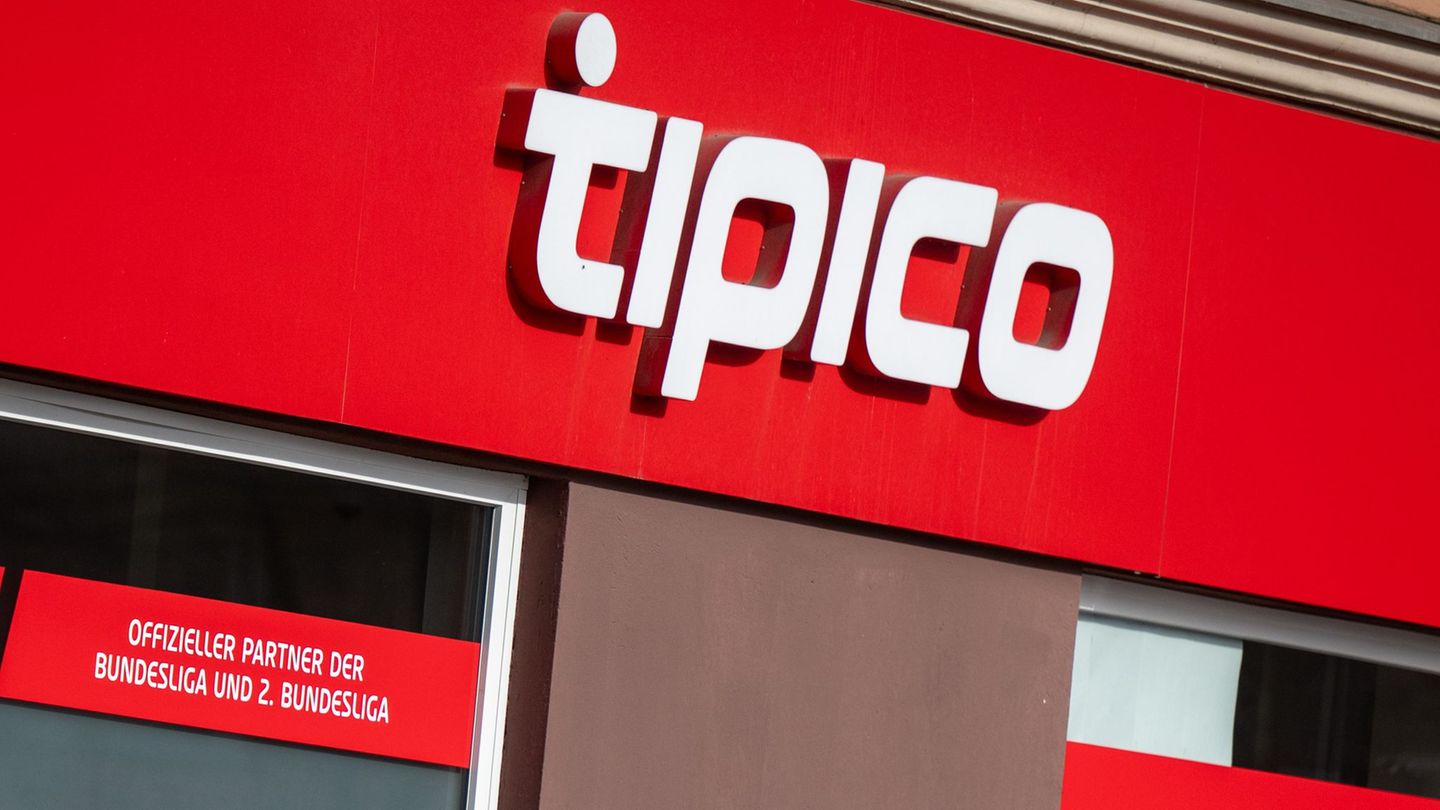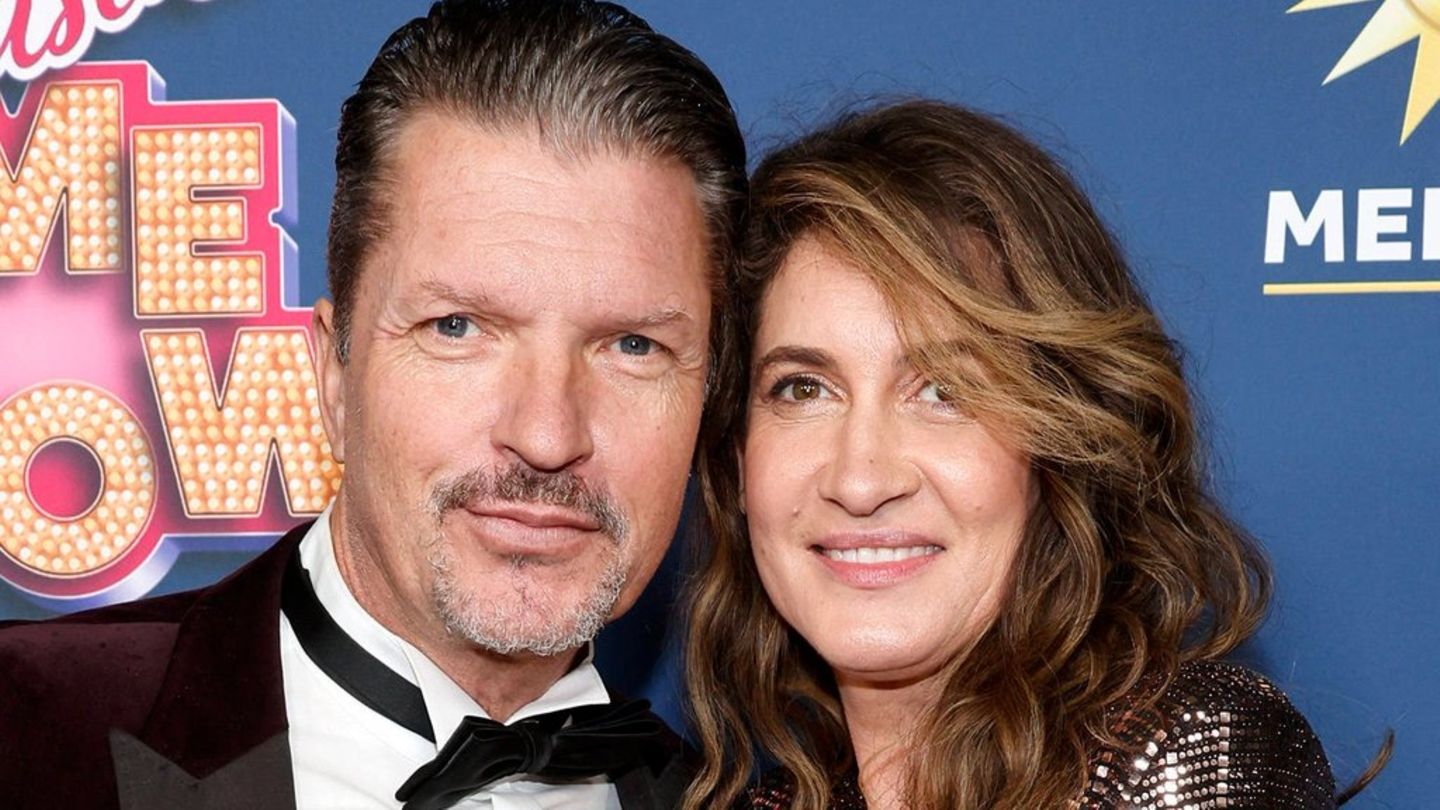On July 9, protesters stormed Rajapaksa’s palace, and he fled to Singapore, where he officially announced his resignation on Friday. Parliament will elect the new president on July 20. Prime Minister Ranil Wickremesinghe, who has taken over as interim president, is the heavy favorite to succeed him. “It’s already 100 days since it all started“, wrote on Twitter this Sunday one of the most active protesters on the networks, Prasad Welikumbura.
“But we are still far from a system change. #GoHomeRanil,” added Welikumbura, who, like other protesters, also demands Wickremesinghe’s resignation. “We are discussing with the groups that participate in the Aragalaya to lead the campaign against Ranil Wickremesinghe,” a spokesman for the protesters told AFP.
The interim president has ordered the army to do everything possible to maintain order, and police and army reinforcements will be sent to the capital on Monday to ensure security around parliament ahead of Wednesday’s vote.
3 economic keys that lead to a political crisis
1. no reservations
Sri Lanka began to show signs of an incipient economic crisis from the end of 2021. In November of that year, the authorities were forced to close its only oil refinery to avoid a large foreign exchange expense for importing crude oil.
The country saw its international reserves decline in the last 2 yearswith the drastic drop in tourism due to the pandemic when Sri Lanka began to recover from the Easter jihadist attacks that on April 21, 2019 left a balance of 269 dead and more than 400 injured.
Record inflation and shortages of medicine, food and fuel led the government to suspend foreign debt payments in April. He also had to negotiate with the International Monetary Fund (IMF) the conditions of a possible rescue that has not yet taken place.
2 Cmassive power outages
The long power outages that the island began to experience in March, lasting up to 13 hours, caused the first demonstrations by the population. Thousands of people camped outside the Presidential Secretariat in Colombo to demand the resignation of the Rajapaksa clan. Mostly peaceful, the protests were marred by violence on 9 May. This led the authorities to impose a nationwide curfew that lasted several days.
3. end of fuel
With fuel reserves nearing depletion, the Sri Lankan authorities brought activity to a near standstill on the island in late June by restricting fuel use to essential services.
They stated that there had been rapprochements with oil companies from different countriesincluding one from Russia, which last week sent 2 representatives to Sri Lanka to negotiate an agreement.
Source: Ambito
David William is a talented author who has made a name for himself in the world of writing. He is a professional author who writes on a wide range of topics, from general interest to opinion news. David is currently working as a writer at 24 hours worlds where he brings his unique perspective and in-depth research to his articles, making them both informative and engaging.




